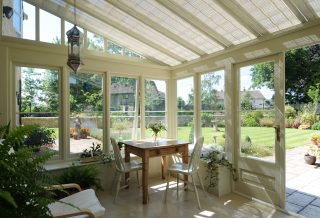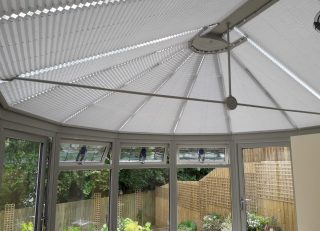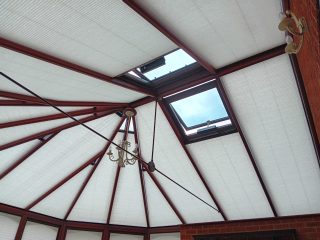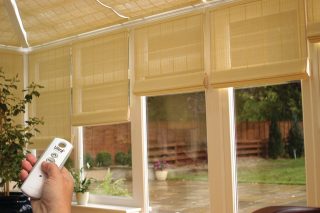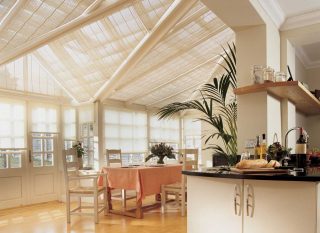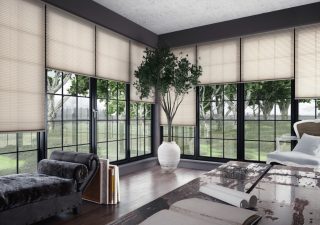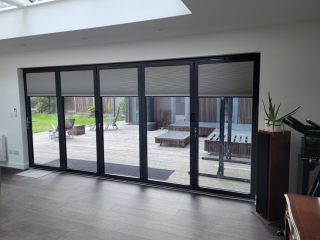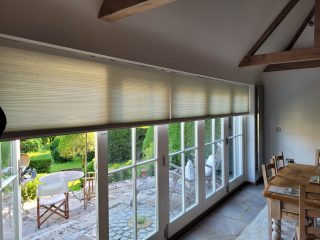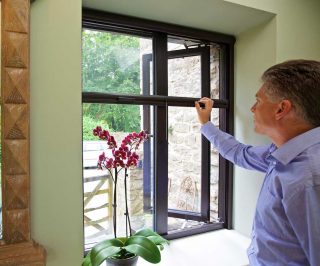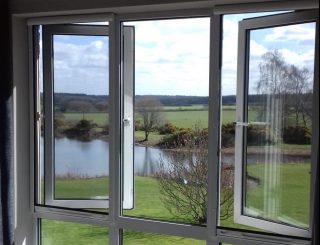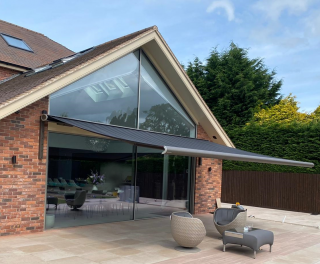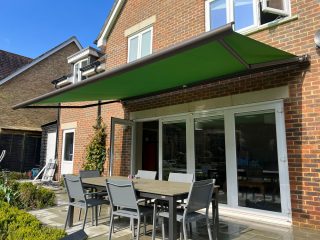Temperature levels important for conservatory gardening
Get in Touch!
If you’re feeling inspired to improve your home with our range of blinds, shutters, screens and much more, you can get in touch with our expert design consultants. We’ll be happy to answer any questions you might have.
Contact UsShare this page
Home-owners must consider the temperature levels in each part of their conservatory when looking after plants.
According to the Herald Scotland‘s Dave Allen, described how the movement of warm air in such rooms can leave greenery in certain areas vulnerable to fungus growth and other damage.
He explained that a conservatory can feel warm to a person, but it may not be the case lower down in the room, where plants may be struggling with temperatures – either high or low.
By opening conservatory blinds, plants are able to heat up their leaves from the sun’s rays. However part of this heat is then lost to the surrounding air and gradually moves upwards, with the plant attempting to hang on to a layer of warmth at its root.
In his experience, the temperature change can be as local as from the base to the tip of a herb.
Reflecting on the phenomenon, Allen remarked: “They generate a micro climate that has benefits and drawbacks. Leaves and branches trap the air and prevent it from circulating as it normally would. The temperature in the micro climate surrounding the top of the plant will be different lower down.”
Despite this danger to their development, it is traditional to bring many plant types into conservatories and orangeries during the winter months, reported the Huddersfield Examiner.
The newspaper pointed out that many predictions suggest the UK is in for a cold winter, so warm-weather plants such as palm trees or callistemon can benefit from being brought indoors.
